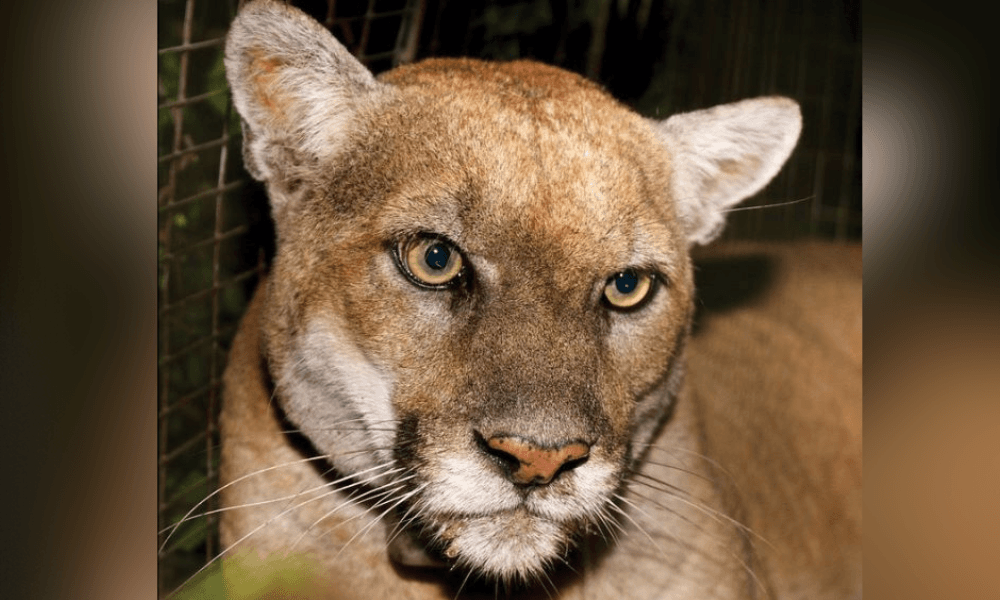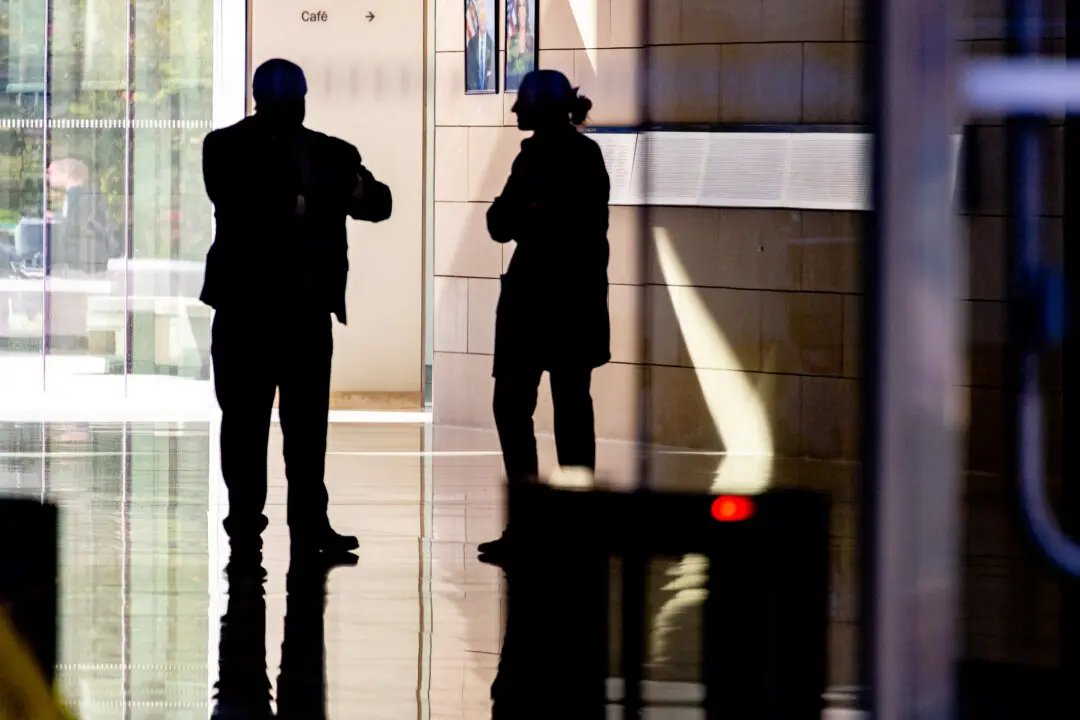P-22—the late, beloved, and resilient LA mountain lion who famously crossed two major freeways and became known as “The Hollywood Cat”—got another star turn during the National Wildlife Federation #SaveLACougars campaign’s sold-out celebration of his life at the Greek Theatre in Los Angeles.
The program Saturday featured a wide array of people who made connections with P-22 over the years as he roamed Griffith Park, where he made his home after navigating his way across the 405 and 101 freeways.





